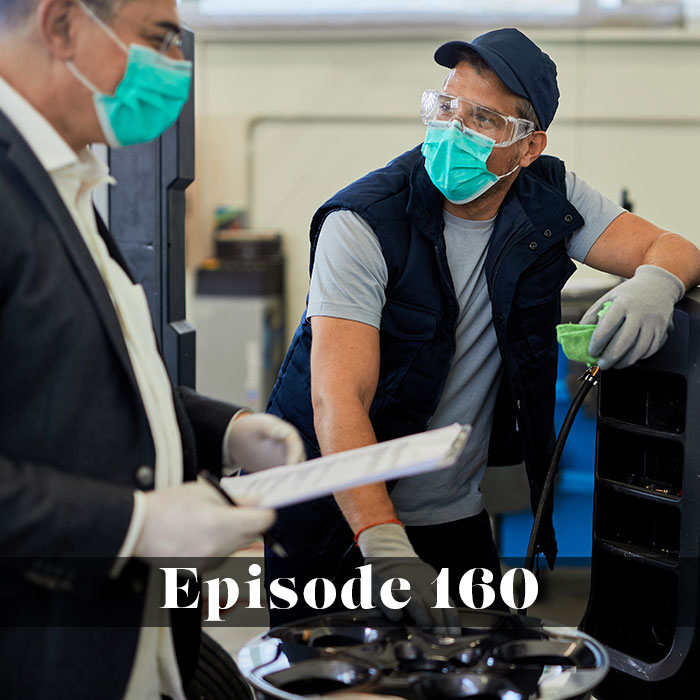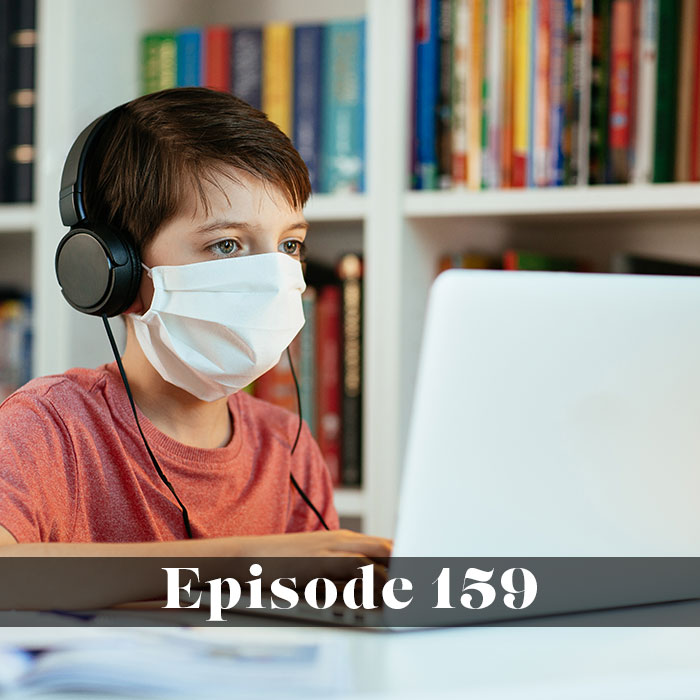In this first episode of our series Being an Agile Leader in Today’s Education Market, we cover the topic of Adventure.
Diane Egbers, from Leadership Excelleration (LEI) and co-author of The Ascending Leader, joins Carole Dorn-Bell to discuss what agile leadership and adventure mean in today’s educational setting.
Diane begins the podcast discussion by defining Agile Leadership, about which much has been written over the last several years. She and her team have combined the concepts of Agile Organizations and Nimble Leadership to create their own formula to support teams.
“So many teams in education right now are beginning annual goals and most of those are defined by project teams, so it’s a really interesting approach to help them be as Agile and effective as they can be,” she says.
Agile leadership is a key quality since leaders can’t always follow a linear path.
“We’re required to do this more than ever, not only with the accelerated advancements in technology but even just thinking about the world that our students are going to face,” Diane says. “Artificial intelligence is on the rise and that’s going to change the very nature of work for the students who are graduating. And it requires the leaders in education to really adopt some of those more Agile practices as you think about preparing students for a world that is very rapidly changing.”
Carole asks about the core elements of Agile Leadership.
Diane says Agile Leadership puts a focus on cross-functional teamwork, which helps support district-wide initiatives. She discusses the importance of bringing multi-generational teams together, creating an environment where everybody of all ages has a voice.
“When we think about adventure, one of the great things that millennials bring to the table is they are incredibly resourceful,” Diane says. “You give a millennial something that they need to go sleuth on the internet and they can do it typically three to five times faster than their Gen X or baby boomer counterparts.”
That makes millennials valuable in district-wide projects, especially at the project’s start. They tend to be adventurous in finding new resources and entrepreneurial in their thinking. They do not have parameters around how they view the work, so leveraging that early on is a way to engage them in leadership and decision-making.
Diane notes that, in the last 50 years, many things have changed on the business spectrum, but the classroom experience is much the same.
“So part of the need and desire to leverage the adventurous nature of millennials is to really look at diverse and deep learning experiences in a very different way,” she says.
Diane talks about one school district’s horticulture class, which provides fresh produce to charitable organizations. There are so many integrated learning opportunities, from science and math to community service involved in the project.
“It’s all types of different learning that is very experiential and integrated,” Diane says. “How do we get to these environments and allow millennials to be really entrepreneurial?”
Diane and Carole discuss the role of teams.
“Everybody on the team has a voice that is equal and listened to,” Diane says. “When you think about what millennials are always trying to do it is gain credibility and respect—part of this idea with Agile Leadership is that it’s important to leverage the best from every generation and their unique voices.”
Listeners can learn more by tuning into podcasts two and three of the Agile Leader series. In the coming weeks, LEI will be offering districts the Agile Leader inventory on its website.
Got a question or topic you’d like covered in an upcoming We Love Schools podcast? Email us at info@weloveschoolspodcast.com
First time listening to We Love Schools? Learn more about our weekly podcast.
Interested in learning more about how the Allerton Hill Communications team can help your school with communications? Contact us today.






